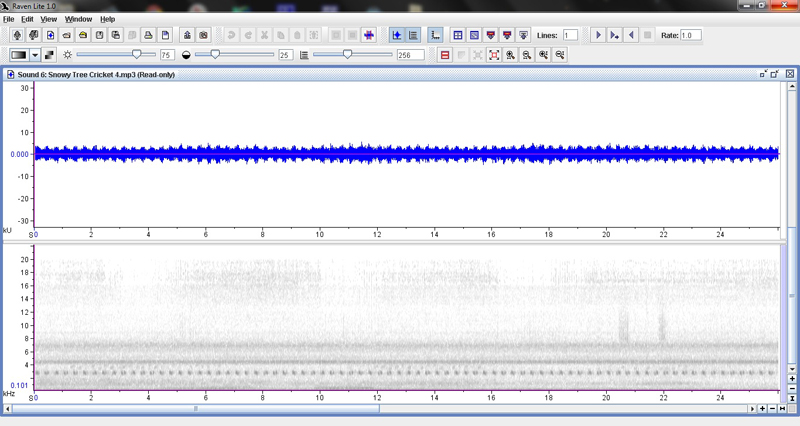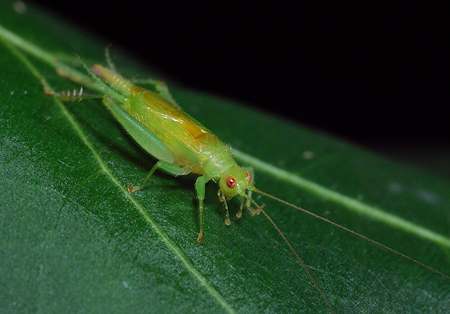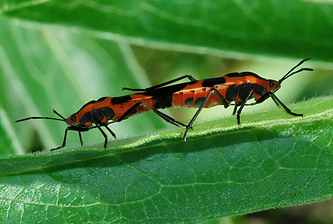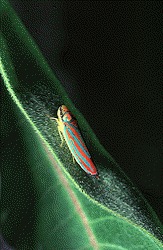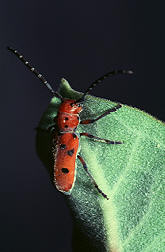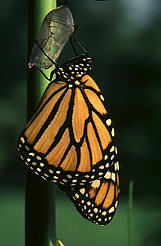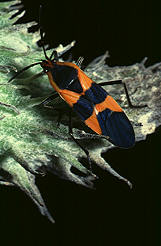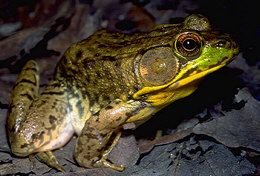The purpose of this feature is to give scout leaders, educators and naturalists an idea of some of the natural events coming up each month. We will try to cover a variety of natural events ranging from sky events to calling periods of amphibians, bird and mammal watching tips, prominent wildflowers and anything else that comes to mind. We will also note prominent constellations appearing over the eastern horizon at mid-evening each month for our area for those who would like to learn the constellations. If you have suggestions for other types of natural information you would like to see added to this calendar, let us know! Note: You can click on the hyperlinks to learn more about some of the featured items. To return to the Calendar, hit the "back" button on your browser, NOT the "back" button on the web page. All charts are available in a "printer friendly" mode, with black stars on a white background. Left clicking on each chart will take you to a printable black and white image. Please note that images on these pages are meant to be displayed at 100%. If your browser zooms into a higher magnification than that, the images may lose quality. Though we link book references to nationwide sources, we encourage you to support your local book store whenever possible. Notes and Images From July 2011
For many people, one of the defining sounds of summer is the rhythmic chanting of katydids. For me the sound evokes memories of summer vacations when I was a kid. Our family often drove at night along state highways. The interstate system was still yet to come. Our car, like most cars then, did not have air conditioning, so the windows were down. As the highway wound through patches of forest the katydid calls grew louder, enveloped the car, then faded away. My brother and I stretched out on beds our parents made for us on the back seat and floor (no seatbelts then.) We drifted off to sleep to the comforting murmur of our parents' voices and the calls of the katydids, a lullaby. Katydids belong to the family Tettigoniidae. The call that is probably best known is that of the Northern True Katydid. It's in the subfamily Pseudophyllinae, and the species name is Pterophylla camellifolia. It ranges over most of the eastern United States.
Northern True Katydids typically call from fairly high in the tree canopy, making them difficult to spot. The genus name, Pterophylla, literally means "wing leaf" and they are amazing leaf mimics. Compare the pattern in the katydid's wings in the image above to the patterns in the leaflet in the lower right hand corner of the image. The eyes of the katydids are stunning, with the upper part yellow and the bottom a rich green. Only the males have the purple "cap." Northern True Katydids produce sounds by rubbing a sharp "scraper" at the base of one wing against a file-like row of "teeth" at the base of the other wing. Sometimes in large choruses the calls become synchronized. In this recording we made at Franklin State Forest in Marion County, a Northern True Katydid close to the microphone begins calling. Note how its call becomes synchronized with the ongoing chorus.
We came across this plume moth on a Walnut leaflet in our field. Identity of these moths down to the species level is difficult. According to Deborah Mathews Lott at the McGuire Center for Lepidoptera and Biodiversity at the Florida Museum of Natural History, there are 159 species of plume moths known in North America. Descriptions of at least ten new species are anticipated. The long legs and plumes give this moth an elegant look.
Sky Events for August 2011: Evening Sky: At the beginning of August, look for Saturn about 20 degrees above the western horizon. Try to catch it early in the evening before it sinks into the more turbulent air closer to the horizon. Jupiter rises in Aries just before midnight at the beginning of August. Last month we talked about summer Moon-watching with binoculars. Our line of sight periodically shifts, allowing us to view "seas" near the lunar limb not visible at other times. This month, beginning around August 7th, is a good time to see a couple of lunar seas just beyond Mare Crisium. Check this area at the beginning of the month, then check it again a week later. At that time Mare Marginis (Border Sea) and Mare Smythii (Smith's Sea) should just be visible along the Moon's limb. The week after the full Moon will favor views of Mare Orientale (Eastern Sea). For close up views of the areas along the lunar limb click here. Summer Messier Objects: Looking south on a clear midsummer night yields a treasure trove of Messier clusters and nebulae. The illustration below is made for August 1st at 11:00pm. Many of these objects can be found with binoculars. A pocket sky atlas like the one recommended below will help you find some of the fainter objects. First, look for Antares, the red giant star that marks the heart of Scorpius, the Scorpion. The name Antares means, "rival of Mars." See if you can trace the tail of the scorpion down almost to the horizon, then back up to the two close stars that mark the stinger. These two stars are sometimes called the "cat's eyes." Due south look for the stars of Sagittarius. The brighter stars form an asterism known as "the teapot." Above the handle of the teapot you can see the four stars that form the asterism known as "the teaspoon." In a dark sky, the clouds of the Milky Way seem to boil out of the spout of the teapot. Above and to the right of the spout of the teapot is the radio source Sagittarius A*. It marks the center of our galaxy. There an enormous black hole with the mass of around 4 million times the mass of the Sun is thought to feed on any stars unlucky enough to wander too close. Nothing unusual is seen visually at this spot, but it's fun to imagine the beast within. This is a beautiful area to scan with binoculars, with many clusters and nebulae. See how far you can trace the Milky Way across the sky (easier if you're far away from city lights). Compare your view of the Milky Way to the image of the edge-on galaxy NGC 4565 we made in April of 2010.
Some of our favorite Messier objects reside in this part of the sky. One of the things that inspired me to build a 6 inch reflecting telescope in high school was an illuminated slide of the Eagle Nebula, M16, that was made by the 200" inch telescope on Palomar Mountain. You won't see the bright colors of these nebulae in a small telescope - the eye is very poor at detecting color at these very low light levels. But it's fun to try to spot the faintly glowing cloud. Another favorite is the Swan Nebula, M17. Here you can see a faint "swan" swimming in a pretty star field. You might also see if you can spot the dark lanes in the Trifid Nebula, M20. A nebula filter will help see detail, but will also tend to alter the appearance of the stars in the field. Above the spout of "the teapot" is Messier 8, the Lagoon Nebula. Don't leave this area without looking at the magnificent globular cluster Messier 22. Look for it slightly above and to the left of the top of the teapot's "lid".
Morning Sky: The Perseid meteor shower peaks on August 13th. Unfortunately, a full Moon will much reduce the number of meteors visible this year. You may want to check the sky in the early morning hours a few days before the shower. Mars rises at 2:45am at the beginning of the month in Taurus. Telescopically it is disappointing due to its very small 4 seconds-of-an-arc apparent size. Look for Mercury at the very end of the month about 30 minutes before sunrise. Spotting the fleet-footed planet takes a flat eastern horizon. Begin your search 30 to 35 minutes before sunrise, and look about 10 degrees south of due east. Binoculars will enhance your view. All times noted in the Sky Events are for Franklin, Tennessee and are Central Daylight Time. These times should be pretty close anywhere in the mid-state area. Constellations: The views below show the sky looking east at 9:45pm CDT on August 19th. The first view shows the sky with the constellations outlined and names depicted. Star and planet names are in green. Constellation names are in blue. The second view shows the same scene without labels. New constellations this month are Pegasus, the Flying Horse, Andromeda, Princess Andromeda, Triangulum, the Triangle, Pisces, the Fishes, and Aquarius, the Water Bearer.
Find the "Square of Pegasus" and work your way outward from it to the constellations around it. See if you can pick out the faint glow of the Andromeda Galaxy, over 2 million light years away! When you look at this galaxy you're seeing light that began its journey to us in the Pleistocene epoch. To get the best view, wait until the galaxy climbs high in the sky. The Andromeda Galaxy was first shown on star charts prepared in 905AD by the Persian astronomer, Al Sufi, and was referred to as the "Little Cloud." That describes well its appearance to the naked eye. Binoculars will greatly improve your view, as will driving out of the city and finding darker skies. Simon Marius, in 1610, was among the first to observe the Andromeda Galaxy through a small telescope. He compared its soft glow to "the light of a candle shining through horn." In dark skies, those using small telescopes may pick out the small satellite galaxies M32 (above and left of the nucleus of M31 in the above image) and NGC 205 (below). A faint tidal bridge connects NGC 205 to Messier 31. Our Milky Way Galaxy and the Andromeda Galaxy are approaching each other and are expected to collide in approximately 4.5 billion years. The two galaxies may merge into a single giant elliptical galaxy at that time.
On Learning the Constellations: We advise learning a few constellations each month, and then following them through the seasons. Once you associate a particular constellation coming over the eastern horizon at a certain time of year, you may start thinking about it like an old friend, looking forward to its arrival each season. The stars in the evening scene above, for instance, will always be in the same place relative to the horizon at the same time and date each August. Of course, the planets do move slowly through the constellations, but with practice you will learn to identify them from their appearance. In particular, learn the brightest stars for they will guide you to the fainter stars. Once you can locate the more prominent constellations, you can "branch out" to other constellations around them. It may take you a little while to get a sense of scale, to translate what you see on the computer screen or what you see on the page of a book to what you see in the sky. Look for patterns, like the stars that make up the "Square of Pegasus." The earth's rotation causes the constellations to appear to
move across the sky just as the sun and the moon appear to do. If you go
outside earlier than the time shown on the charts, the constellations will be
lower to the eastern horizon. If you observe later, they will have climbed
higher. As each season progresses, the earth's motion around the sun
causes the constellations to appear a little farther towards the west each night
for any given time of night. If you want to see where the constellations
in the above figures will be on September 15th at 10:00pm CDT, you can stay up
till midnight on August 15th and get a preview. The westward
motion of the constellations is equivalent to two hours per month. Recommended: Sky & Telescope's Pocket Star Atlas is beautiful, compact star atlas. It is destined to become a classic, and is a joy to use at the telescope. A good book to learn the constellations is Patterns in the Sky, by Hewitt-White. You may also want to check out at H. A. Rey's classic, The Stars, A New Way to See Them. For skywatching tips, an inexpensive good guide is Secrets of Stargazing, by Becky Ramotowski. A good general reference book on astronomy is the Peterson
Field Guide,
A Field Guide to the Stars and Planets, by Pasachoff. The book retails for around $14.00. Starry Night has several software programs for learning the night sky. Visit the Starry Night web site at www.starrynight.com for details.
Insects: This time of year we usually spend a few nights a week in our field imaging and recording insects. Below is a sampling of some of the insects we've encountered in our field over the last year or two. We'll start off with a group that have prominent calls this time of year, the coneheads.
Two common species of coneheads in Tennessee are the Robust Conehead and the Nebraska Conehead. Both species can be either green or a brown in color. Both usually call from weedy vegetation with their head down, as shown in the image at right, ready to drop into the ground cover if alarmed. Coneheads are in the katydid family (Tettigoniidae), which also includes the True Katydids, the Meadow Katydids, the Shieldback Katydids and the False Katydids. The genus is Neoconocephalus. The easiest way to locate coneheads is by listening for their calls. Just drive a few back roads that pass by weedy fields at dusk or later and you should hear them. The Robust Conehead is the larger of the two species and is between two and three inches long. It has a very long, rasping call on one pitch. Like a bad musician, it seems to try to make up in sheer volume what its song lacks in complexity. As you drive by you can sometimes hear the call doppler-shifting downward. The call has a peak frequency of around 8 kHz, and you can listen to one we recorded by clicking here. There are two cuts - the first cut records the sound as you might hear it at a distance, and includes Common True Katydids in the background. The second cut records the sound as you might hear it if one is calling right beside the road.
The name Nebraska Conehead is a little misleading, as the range of this species also includes a wide area of the eastern United States. A little smaller than the Robust Conehead, it measures between 1-3/4 inches to 2-1/4 inches in length. The call of the Nebraska Conehead is also a raspy note on one pitch, but the length of each call last only between 1-1/2 to 2 seconds, with a pause of about one second in between calls. Its call peaks around 10 kHz. To listen to a recording of a Nebraska Conehead that we made last summer, click here. Seen close up, the eyes of both species are quite interesting. If you happen across a conehead that is not calling, look carefully at the underside of the cone and observe how it is marked. These markings are a useful way to distinguish between species. See the reference at the bottom of this section for help in identification.
The False Katydids are in the subfamily Phaneropterinae. One common singing member of this subfamily is the Oblong-winged Katydid. These katydids have wings that are more elongated than the Northern True Katydid, and the call is a short raspy sound only about a third of a second long. The call sounds a little like a match being struck. In this recording Northern Cricket Frogs are heard calling in the background. The katydid gives only a single note. Oblong-winged Katydids usually are a bright green color, but can also occur in the yellow form shown in the image at left. We find the yellow form to be rarer. Pink forms have also been found.
The bush katydids are also included among the false katydids. In general they tend to have wings that are narrower and heads that are more angular than other katydids. Identification by sight can be difficult unless you have one in your hand. The songs, however, are distinctive. The Fork-tailed Katydid at right makes a single short note (Elliott and Hershberger describe it as a sharp "tsip"). We've found that analyzing recordings using sonograms greatly helps to identify some of the "mystery voices", and also sometimes makes us aware of additional species which missed being detected by ear. With the free Raven Lite program from Cornell, the sonogram is displayed when you open a sound file. Sonograms allow you to accurately determine the dominant frequency of the call as well as the pulse rate, and calls often have distinctive shapes and patterns. Below is a sonogram we made with our inexpensive voice recorder and opened in Raven Lite.
You can listen to the file here. Although all of our images and recordings are copyrighted, permission is given to download this file for personal use. You can right click on the link and use "save target as" to save a copy to your hard drive. Then you can open it up in Raven Lite, and you should see a screen like the one above. On the sonogram, frequency in KHz is on the vertical axis and time is in seconds along the horizontal axis. The Snowy Tree Cricket's call is represented on the sonogram by a series of dark closely spaced chirps with a frequency of about 3KHz. Along the very bottom of the sonogram, at less than 500 Hz, is the train horn. Highway noise shows up between the train horn and the Snowy Tree Cricket's call. At 4.2KHz an unknown insect calls, and at 7Khz a Robust Conehead shows up as a broad fuzzy horizontal line. Around 20.8 seconds into the sonogram, a Lesser Anglewing calls. There are higher frequency sounds as well. There is a rough rule of thumb that allows you to determine the temperature from the number of Snowy Tree Cricket chirps counted in a 14 second time interval. You add 40 to the total number of chirps counted and get the approximate temperature in degrees Fahrenheit. Counting in the sonogram above, there are 43 chirps in the first 14 seconds. That yields an expected temperature of 83 degrees F. We made this recording around 10:30pm on July 28th. Although we did not record the temperature, the temperature at 10:53pm for that night (here's the link) was 82.9 F. So the rule in this case worked pretty well.
One of the most interesting groups of night voices is the Trigs. These small crickets belong to the subfamily Trigonidiinae (hence the name). They are also known as the sword-tailed crickets. Shown at right is the Columbian Trig. Only about 1/4 of an inch long, these tiny crickets make sounds that many people have heard all their life without knowing the identity of the caller. A chorus has the rhythmic quality of sleigh bells. Because they tend to blend in with the other sounds of a summer night, you may have to concentrate to pick them out of the many other insect noises on a typical July or August night. We made this recording in our front yard, and since seem to now hear them everywhere we go.
By day, some of the more colorful insects can be found in
patches of milkweed.
Monarch butterflies lay their tiny cream-colored
eggs on the milkweed leaves
and you can usually find a Monarch caterpillar munching on the foliage. If you’re lucky, you might even find the
beautiful, jewel-like chrysalis of the Monarch nearby.
To see a complete image sequence of a Monarch caterpillar forming its chrysalis
and emerging as a butterfly,
click
here. Scarlet and Green Leafhoppers, Large
Milkweed Bugs and Red Milkweed Beetles all add their brilliant warning colors
to the scene.
To learn more about insects and insect songs we recommend: Books: The Songs of Insects, by Lang Elliott & Will Hershberger (Houghton Mifflin) - Beautifully written and including many spectacular images, this book includes an audio CD and detailed range maps. It was a real bargain for $19.95, and you can now get it from Amazon for less than $14.00. Crickets and Katydids, Concerts and Solos, Vincent G. Dethier (Harvard University Press) - In this book Vincent Dethier writes of his experiences in the 1930's working as a field assistant gathering insects so that their songs could be recorded and analyzed. Now out of print, you should still be able to locate a copy by clicking the link above. An inspiring book and one of our favorites. Online: Singing Insects of North America - This is a terrific online reference. Songs of Insects - Another great reference from Lang Elliott and Will Hershberger.
Amphibians:
Listen for Cope's Gray Treefrogs, Gray Treefrogs, Bird-Voiced Treefrogs, Green Treefrogs and Barking Treefrogs. Northern Cricket Frogs and Southern Cricket Frogs are still calling, as are American Bullfrogs and Green Frogs. Spring Peepers have a much higher, shorter call this time of year. On cooler nights listen for American Toads. After heavy rains listen for the high, insect-like call of the Eastern Narrow-mouthed Toad and the strange-sounding Eastern Spadefoot. Recommended: The Frogs and Toads of North America, Lang Elliott, Houghton Mifflin Co.
Archives (Remember to use the back button on your browser, NOT the back button on the web page!) Natural Calendar February 2011 Natural Calendar December 2010 Natural Calendar November 2010 Natural Calendar September 2010 Natural Calendar February 2010 Natural Calendar December 2009 Natural Calendar November 2009 Natural Calendar September 2009 Natural Calendar February 2009 Natural Calendar December 2008 Natural Calendar November 2008 Natural Calendar September 2008 Natural Calendar February 2008 Natural Calendar December 2007 Natural Calendar November 2007 Natural Calendar September 2007 Natural Calendar February 2007 Natural Calendar December 2006 Natural Calendar November 2006 Natural Calendar September 2006 Natural Calendar February 2006
Natural Calendar
December 2005
Natural Calendar
November 2005
Natural Calendar
September 2005
Natural Calendar
February 2005
Natural Calendar
December 2004
Natural Calendar
November 2004
Natural Calendar
September 2004
Natural Calendar
February 2004
Natural Calendar
December 2003
Natural Calendar
November 2003
Natural Calendar
September 2003 Natural Calendar February 2003 Natural Calendar December 2002 Natural Calendar November 2002 Nature Notes Archives: Nature Notes was a page we published in 2001 and 2002 containing our observations about everything from the northern lights display of November 2001 to frog and salamander egg masses. Night scenes prepared with The Sky 6 Professional from Software Bisque All images and recordings © 2011 Leaps |
||||||||||||||||||||||||||||||||||||

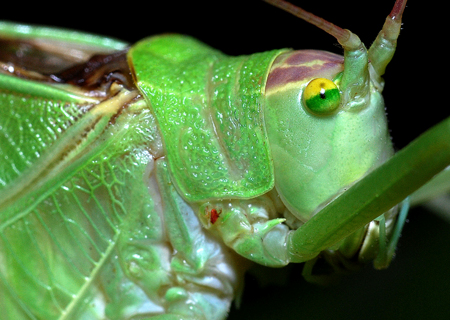
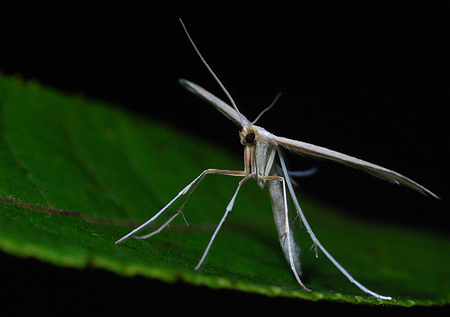

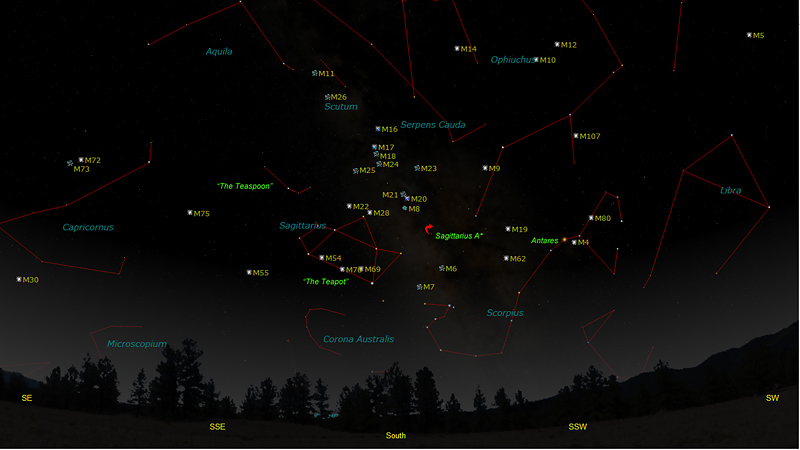
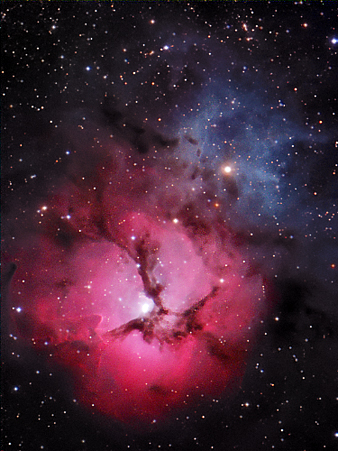

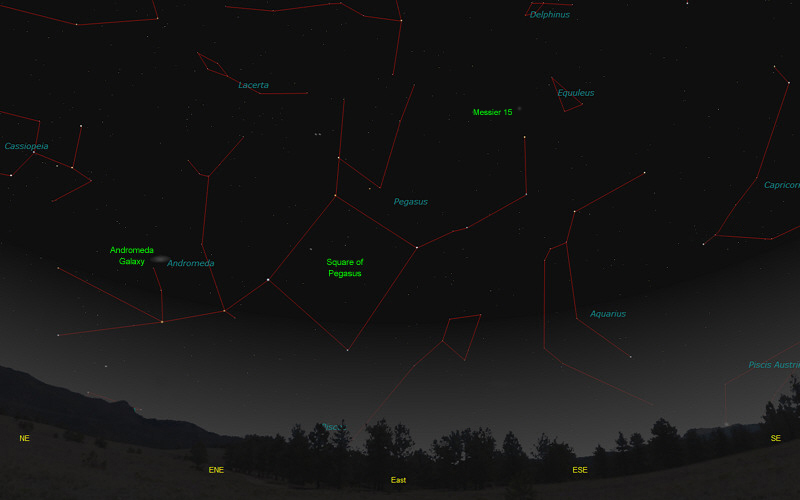
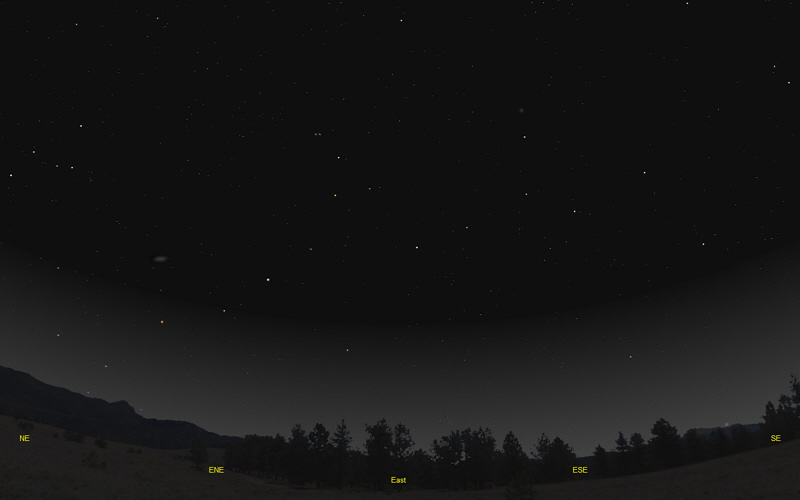
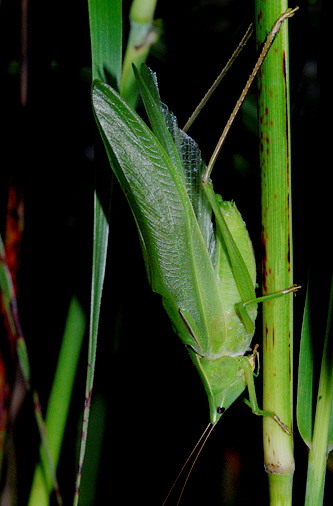
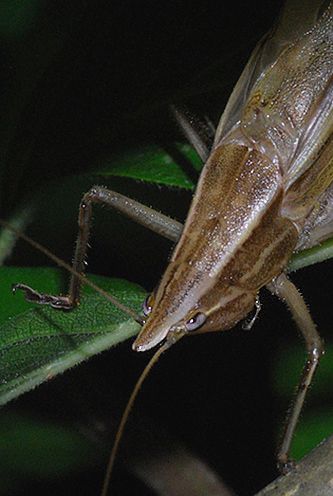
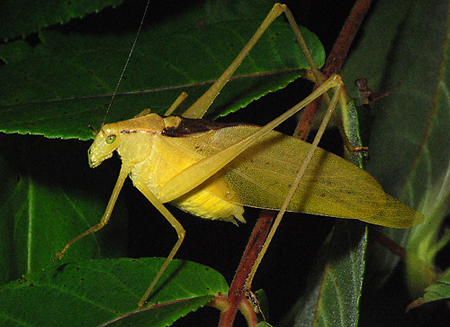
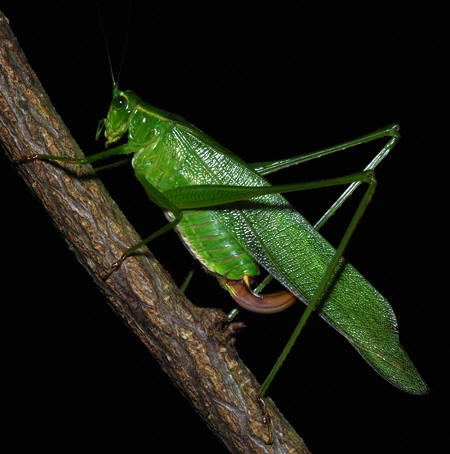 +
+